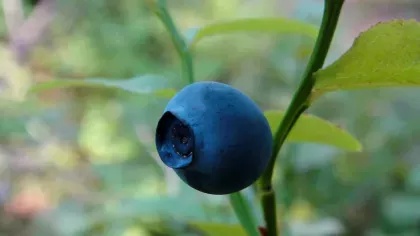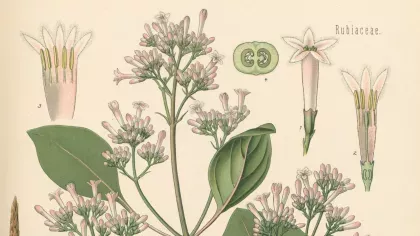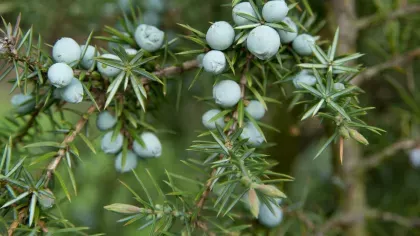19 October 2019
Just the tonic: A natural history of tonic water
Discover tonic's rich history which entwines a South American tree, medicine, empire and drink.

Do you enjoy a nice gin and tonic or know someone who does? While most people think of gin as the cocktail’s key component, we think it's time for tonic to come to the forefront.
Behind the diminutive bottles of clear fizzy liquid, lies a fascinating story of a tree that encompasses the histories of medicine, empire and drink.
Cinchona and malaria
The bitter flavouring of tonic water comes from an alkaloid called quinine which is extracted from the bark of the Andean fever tree (Cinchona spp.).
The tree’s remarkable curative properties were discovered as a fever remedy in South America in the early 17th century.
For 300 years, until it was replaced by synthetic anti-malarials, Cinchona provided the only effective treatment for malaria known to the West.
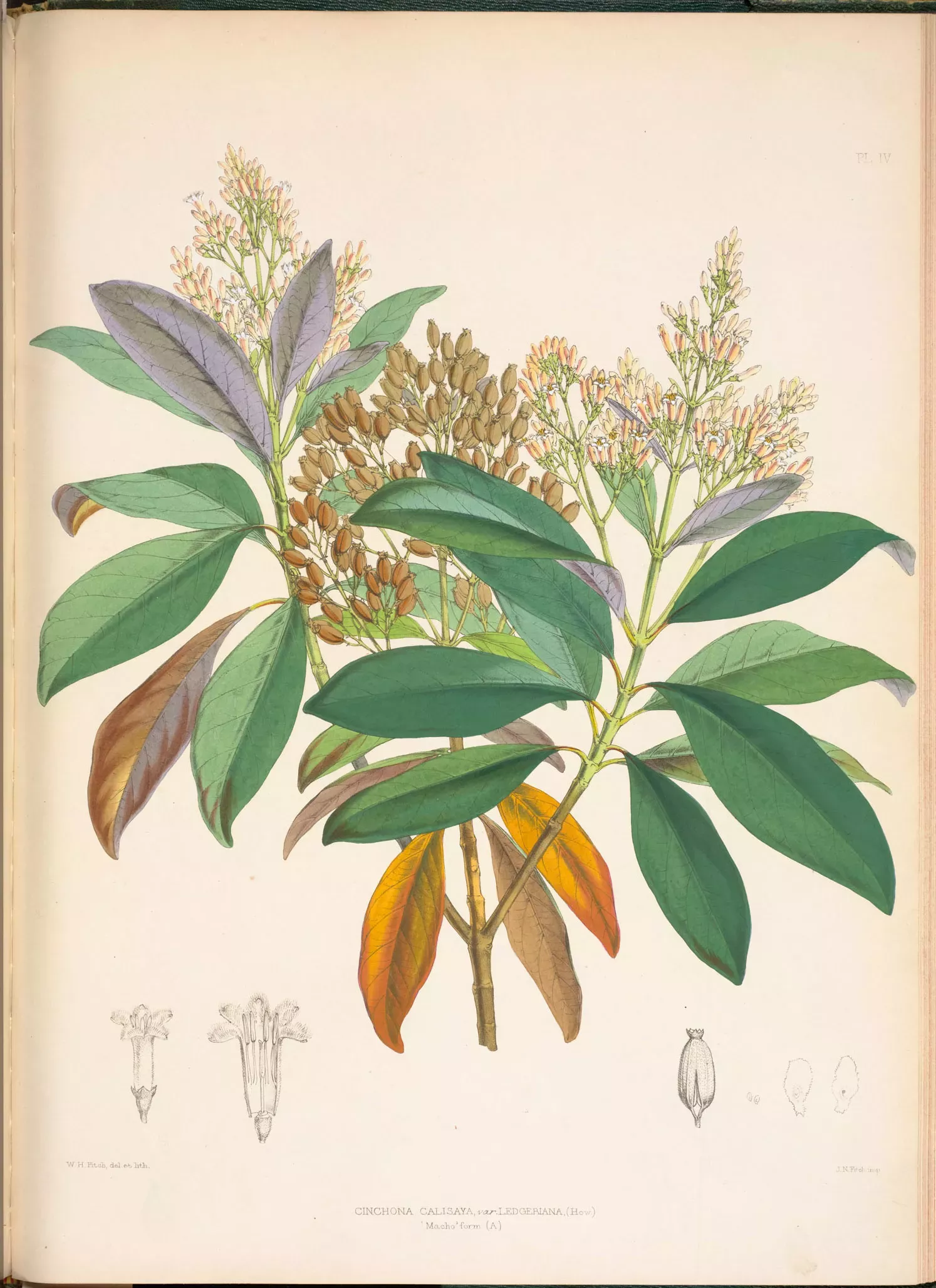
Although we think of malaria as a tropical disease, it once existed all over Europe, including Britain, as recently as the early 20th century.
Spread by mosquitos, it may have been the most lethal disease in history. Malaria was eradicated in Britain by improvements in general health, access to treatment, and better water management.
Draining of marshes, enclosing sewers and chlorinating water all reduced the mosquito’s ability to breed and spread malaria.
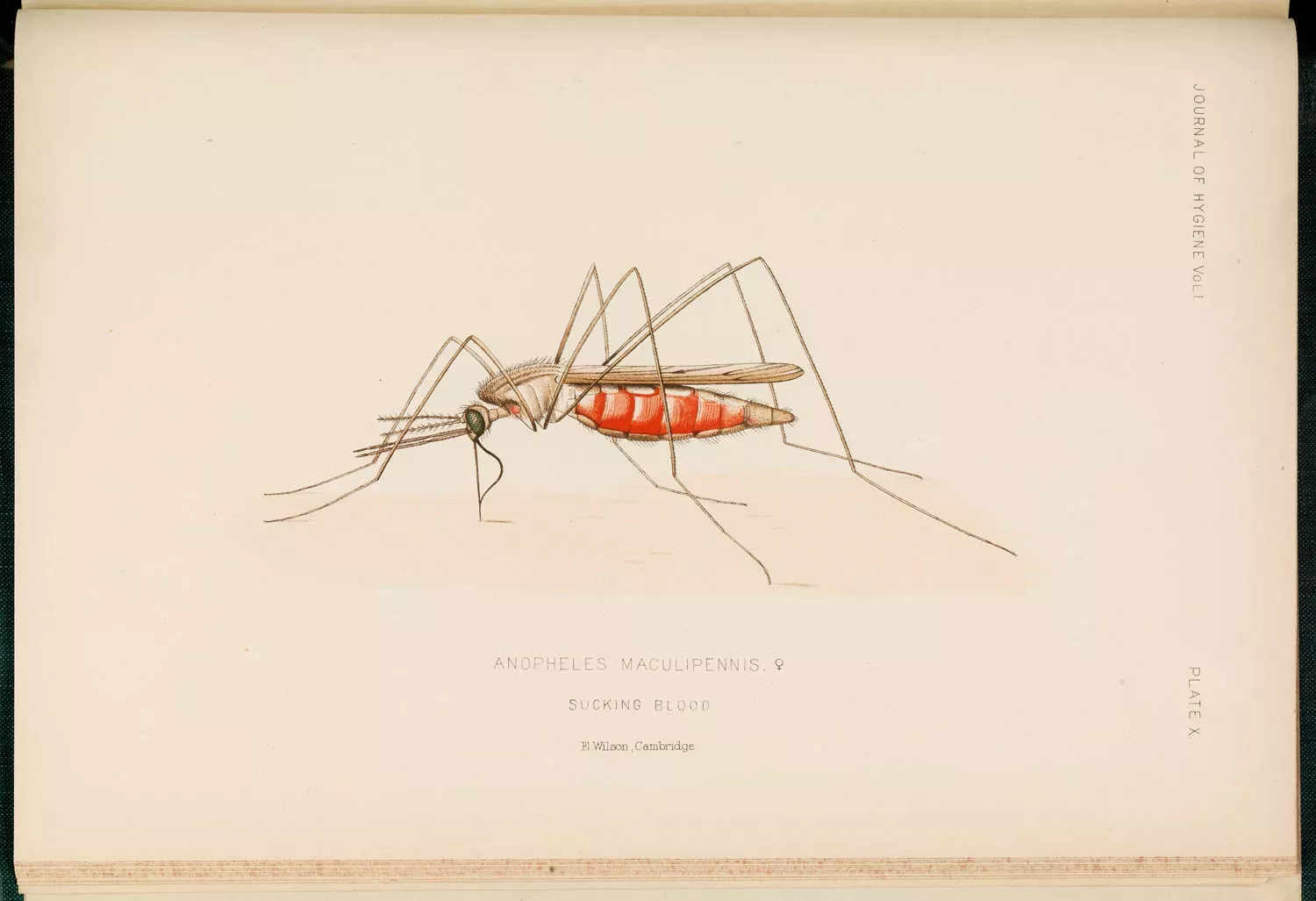
Politics and plantations
In 1854, on an expedition on the Niger, Scottish physician William Balfour Baikie used quinine to successfully prevent malaria, rather than as an after-treatment.
Prior to this, death rates of Europeans on west African expeditions were extraordinarily high, often due to a particularly fatal form of malaria, and Baikie’s actions had repercussions across the world. Quinine, and the Cinchona tree, now became a vital tool for the control and expansion of empires.
Seeds and plants were taken from South America to plantations in India and Java between 1850 and 1865. With its government sponsorship and horticultural expertise, Kew played a central role in transferring the plants to India and developing cultivation practices.
This is represented by Kew’s current holding of cinchona specimens in the Herbarium, illustrations, archives, and manuscripts – the largest collection in the world. They form the basis of Kim's doctoral research, unpicking the story of a plant transfer that was to have a huge impact on the peoples and landscapes of the tropics.
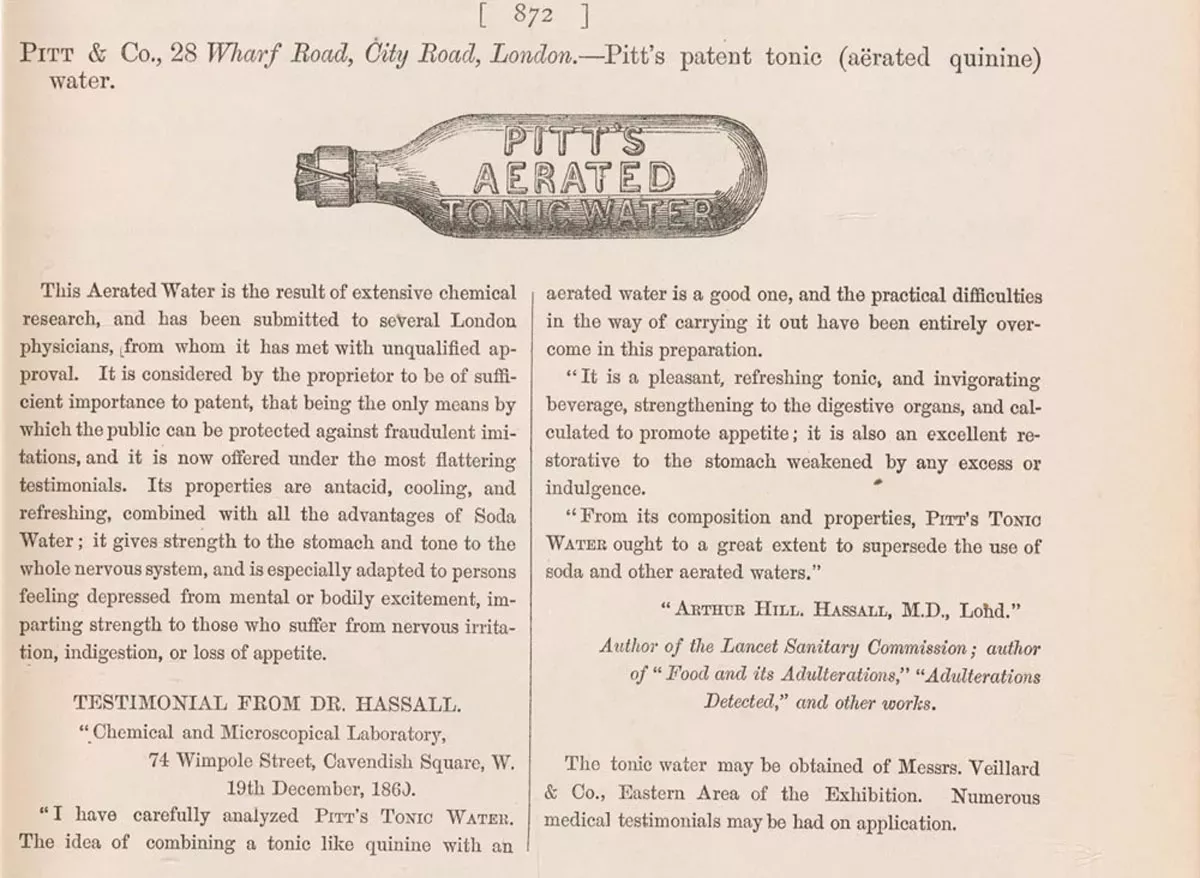
The Gin and Tonic
But how did we end up with the gin and tonic?
Though quinine was occasionally paired with fizzy water, it was only in 1858 that it was patented under the name ‘Tonic Water’ by Erasmus Bond, owner of Pitt & Co. in Islington.
It was marketed as a digestive and general tonic rather than a fever medication, and did not immediately become popular.
However, tonic water did better in hotter climes, and by 1863 adverts for quinine tonic waters appeared across British colonies advertised as digestives and as (probably ineffective) fever remedies.
It was most often recommended to help European travellers acclimatise to the tropical heat. The first known reference to a tonic water cocktail came in 1863 in Hong Kong, where it was paired with ginger brandy.
Many origin legends for the gin and tonic exist, but we have found these hard to verify in the historical record.
Quinine was most often administered as a medicine in alcohol, rather than as part of a cocktail. Quinine could be mixed with wine, gin, or rum, or with locally available spirits such as arrack.
What we do know is that the first known record of the ‘gin and tonic’ comes from the Oriental Sporting Magazine in 1868 where partygoers call for the cocktail and cheroots at the end of a horse race in Lucknow, India.
This is typical of Victorian consumption of the G&T, as a refreshing drink in hot weather. The notion that the G&T was drunk in the tropics as an anti-malarial seems to have arisen as a 20th century legend.
The rich history of tonic water has been carefully unearthed in the archives and described in-depth in our new book Just the Tonic: A natural history of tonic water.
We hope you enjoy discovering more as you read it alongside a sparkling gin and tonic (or even just a tonic!).
Cheers!



